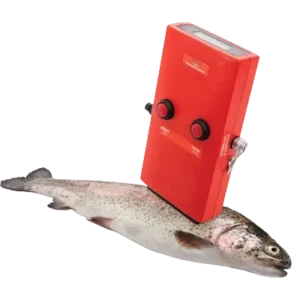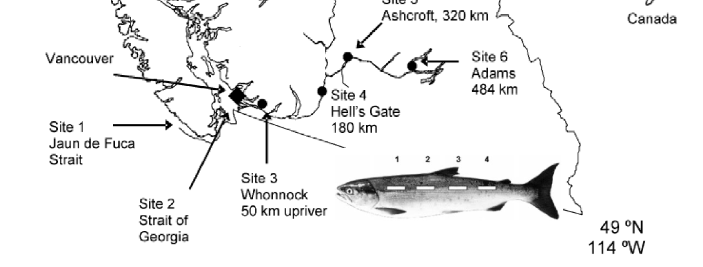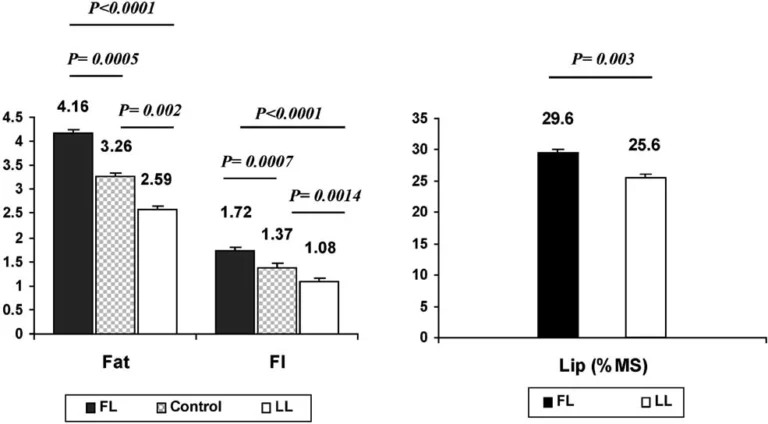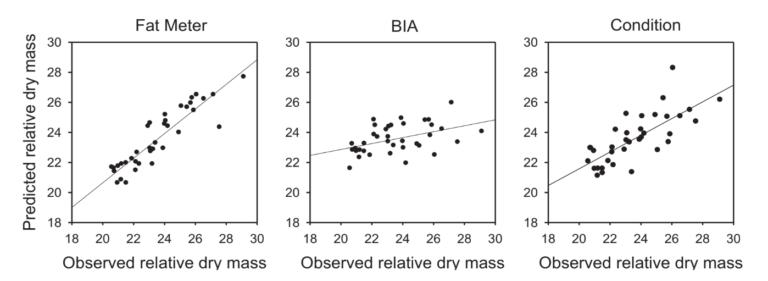Torrymeter Validates Rohu Fish Quality Tests During Chilled Storage
| Title | Quality Determination Of Rohu (Labeo Rohita) During Ice Storage |
| Article Written by | K. Dhanapal, K. Sravani, A. Balasubramanian, GVS Reddy |
| Research Done at | College of Fishery Science, India |
| Published Date | April 17, 2013 |
| Fish Species | Indian major carps, Rohu (Labeo Rohita) |
| Key Words | Quality assessment, Ice storage, Rohu, Biochemical changes, Microbial changes |
What the research is about
The main focus of the research is to assess the quality and determine the shelf life of the fish species Rohu (Labeo rohita) when stored on ice. The specific objectives are:
- To evaluate the organoleptic/sensory quality of Rohu fish during chilled storage on ice by examining attributes like appearance, odor, color etc.
- To analyze the biochemical changes in the fish meat during storage by measuring parameters like TVB-N, TMA, FFA, TBA etc.
- To enumerate the microbial load and identify specific spoilage organisms during the ice storage period.
- To correlate the sensory scores with the biochemical and microbial data to determine shelf life.
The fish samples were stored on ice for 18 days and assessed every 2 days. Sensory evaluation by a trained panel, biochemical tests, and microbial analysis were conducted. The quality parameters were analyzed to determine the shelf life and acceptability limits.
Key findings:
- Shelf life of Rohu in ice was estimated to be 17 days based on overall acceptability scores.
- Torrymeter readings correlated with sensory scores and decreased with loss of freshness.
- TVB-N, TMA, FFA, TBA increased while protein and moisture content decreased during chilled storage.
- Psychrophilic and proteolytic bacteria proliferated during storage reducing quality and shelf life.
In summary, it is a study to evaluate the shelf life, quality changes and spoilage pattern of Rohu fish stored on ice using sensory, microbiological and biochemical methods. The data is useful for fish processors and cold chain management.
Research conclusion
This study on evaluating the quality and shelf life of ice-stored Rohu fish is important for the following reasons:
- Rohu is an economically important freshwater fish species in India, widely farmed and consumed. Understanding its storage life and spoilage pattern is valuable.
- Fish is a highly perishable food. Proper icing preservation and chilled storage is critical to extend its shelf life for retail sale. This study provides important shelf life data.
- The sensory, biochemical and microbial analyses provide a comprehensive understanding of the fish spoilage process and markers of freshness loss.
- The shelf life estimation provides a basis for setting temperature standards and time limits for chilled Rohu distribution and marketing.
- The correlations of sensory scores with Torrymeter readings validate it as an objective measurement tool for fish freshness.
- The data on growth of specific spoilage bacteria is useful for developing predictive models of fish spoilage kinetics.
- The findings can help educate fishery stakeholders, processors and regulators on optimal post-harvest handling of Rohu for maximizing quality and shelf life.
- Results add to the scientific knowledge database on storage characteristics of fish species in tropical climates. This can be applied in developing better processing and storage practices.
The learnings and data from the study makes an important contribution towards improving post-harvest fish handling, quality assurance, shelf life extension and loss reduction in the fish supply chain. This has significant economic benefits in addition to aiding food safety for consumers.
Using the Fish Freshness Meter (Torrymeter), they were able to approximate the shelf life to be 17 days expectancy.
Assurant Innovations take
The Fish Freshness Meter (Torrymeter) was used to measure fish freshness to validate their sensory method. Using the Torrymeter, they were able to approximate for this fish to be 17 days of shelf life expectancy.
The main audience who would benefit the most from this report would most likely be:
- Fish processors and exporters – The shelf life data and quality evaluation can help optimize their chilled storage and transportation operations to deliver fresher fish with lower losses.
- Food safety regulators – The spoilage pattern and microbial analysis provides science-based guidance for fish handling standards and regulations.
- Fish farmers – Better understanding of post-harvest storage life can help plan harvest schedules and reduce on-farm losses.
- Seafood retailers – Knowledge of shelf life can guide fish procurement, rotation, display and pricing to reduce spoilage losses.
- Food scientists – The comprehensive analysis provides a model for conducting shelf life studies on new fish species or products.
- Fisheries academics – The data supports teaching, research and curriculum development on fish handling and preservation.
- Cold chain specialists – The microbial and biochemical markers can inform optimized chilling protocols and equipment.
- Consumers – Ultimately, the consumers stand to benefit through improved quality, freshness and safety of fish in the marketplace.
Key beneficiaries are all stakeholders in the fish supply chain from harvest to sale, as well as researchers, regulators, and educators working to improve post-harvest fish quality and reduce food loss. The findings support best practices for fish handling across the value chain.

Fish Freshness Meter (Torrymeter)
To Purchase, call or email








